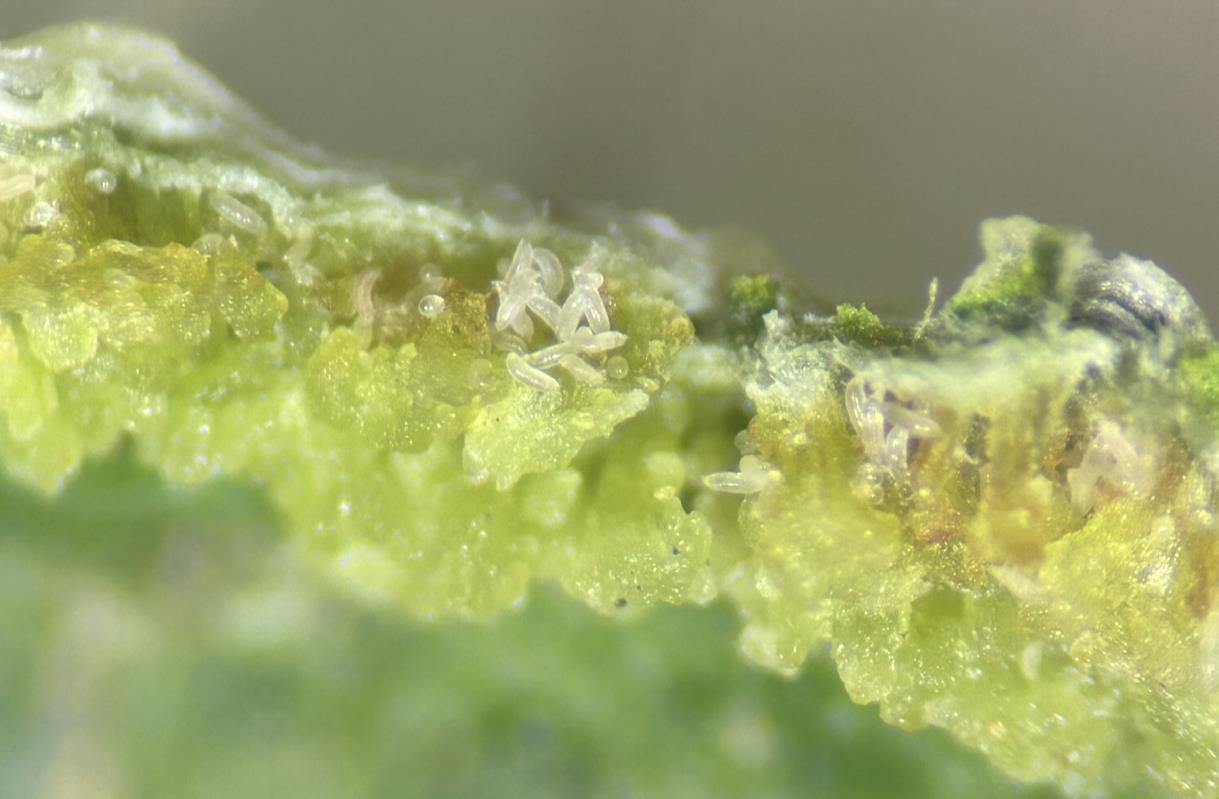
Pecan: America's Native Nut Tree
Lenny Wells, University of Georgia Cooperative Extension pecan specialist and the university’s leading voice in the pecan industry, covers the history of pecans and their popularity in the South in his first book, “Pecan: America’s Native Nut Tree.”
Grower Resources
- 2025 Commercial Pecan Spray Guide
- Hedge Pruning Pecan Trees in the Southeastern U.S.
- Air Blast Sprayer Calibration
- Chemicals Labels
- Current USDA Pecan Prices for Georgia
- Georgia Pest Management Handbook
- Georgia Pecan Growers Association
- "Mechanical Fruit Thinning of Pecan" DVD (Click to Order)
- Nursery List
- Pollination Chart
- Southeastern Pecan Growers' Handbook (Click to Order)
Additional UGA Pecan Research
Facts About Georgia Pecans
During the late 1800's ...
Landowners began to recognize the potential profit of pecans in the southeastern United States. By the late 1800's, several individuals near Savannah, Georgia had produced and marketed pecans on a small scale. By 1889, there were only 97 acres of pecans planted in Georgia.
Between 1910 and 1925 ...
Thousands of acres of pecan trees were planted in southwest Georgia. Most of these trees were initially planted as real estate investments rather than for nut production. Thousands of acres were sold in five and ten acre units, primarily in Dougherty and Mitchell Counties, which are still today the hub of Georgia's pecan producing counties. By 1920, Georgia was producing 2.5 million pounds of pecans.
By the 1950's ...
Georgia was ranked as the top state in the nation for pecan production.
Today ...
Georgia pecan orchards may range in size from just a few trees to several thousand acres. The state continues to be regarded as the top pecan producing state in the U.S., with over 170,000 acres planted.

